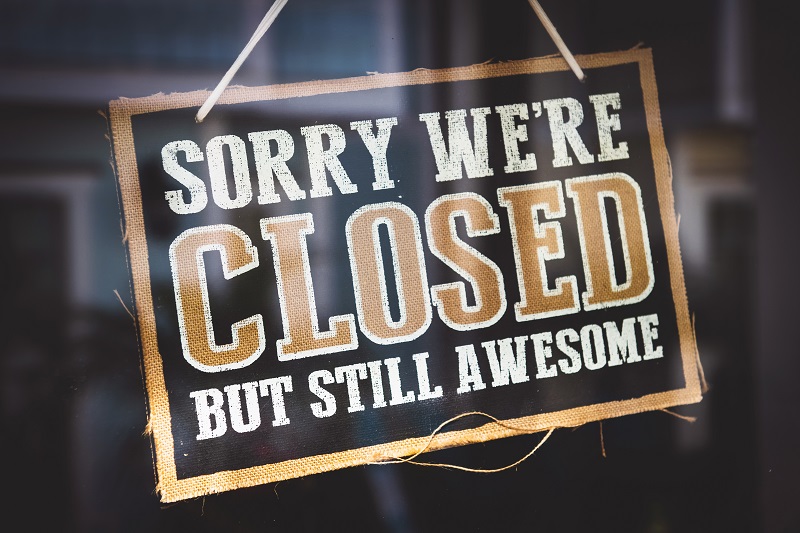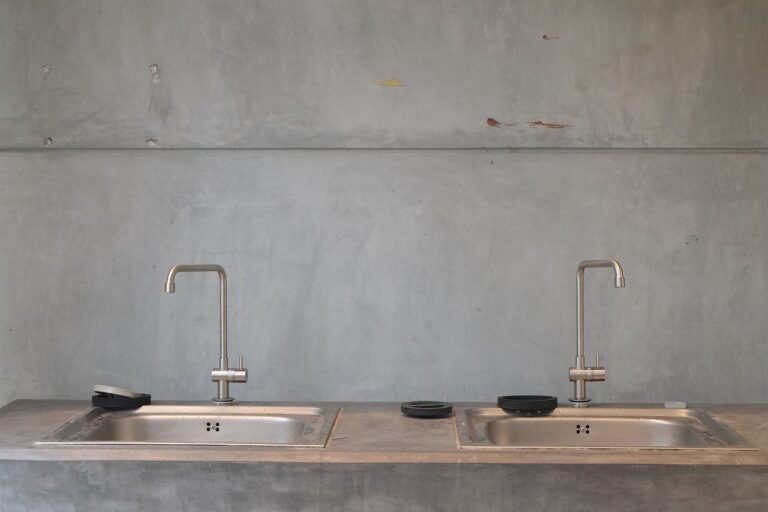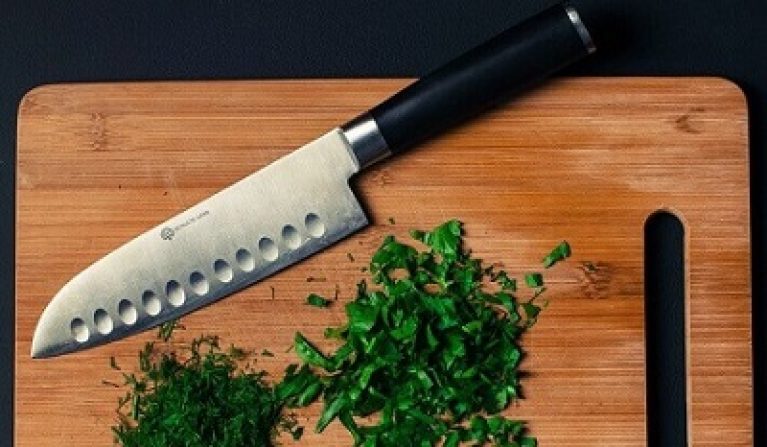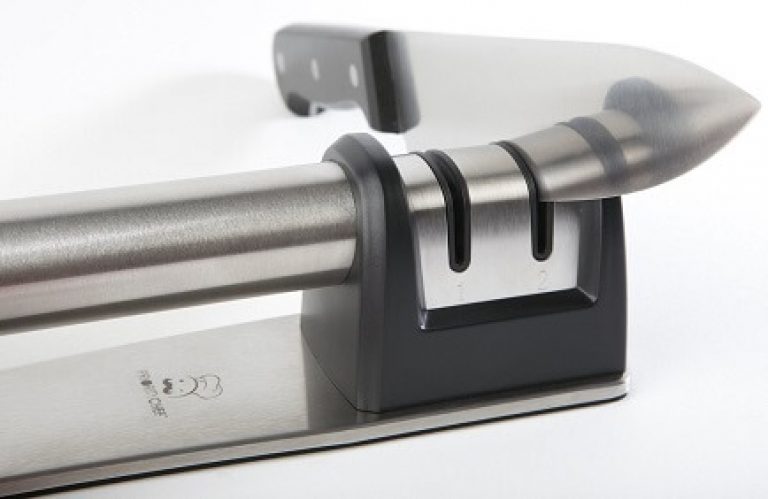COVID-19 prompted governments to close their nations’ borders, implement quarantine efforts, effectuate physical distancing mandates, including urging everyone to wear a mask.
The worldwide health crisis has negatively impacted the lives and livelihood of many people and industries, including the food service industry.
With health precautions at the forefront of the world’s priority list, the foodservice industry is no exception to the onslaught of the pandemic.
Because of this, owners of restaurants have learned to adapt in order to survive.
From closing their dining rooms and battling supply shortages to systematic disinfection and revamped delivery systems – no measure is too extreme to keep these kitchens open.
But how exactly has COVID-19 redefined the ways the food service industry works?
Let’s find out!

Rhythmic Disinfection and Sanitization
According to experts, COVID-19 can cling to surfaces from a few hours to up to 28 days, depending on the material, humidity, or temperature of the environment. This is one of the most dangerous risks that has struck the food service industry.
Pre-COVID-19, dining in at restaurants, and lounging at cafes for hours on end were two of the most popular recreational activities.
Now, the concept of normal restaurant dining has been shelved until further notice. In order to prevent the spread of the virus, multiple foodservice establishments have limited the number of customers they can serve within a day.
Others have even halted dining in altogether (obviously not by choice).
When people dine in or order take-out, rigorous disinfection is of the essence in maintaining a safe environment.
Everything people touch runs the risk of getting contaminated with COVID-19. This includes high-touch surfaces such as menus, tables, chairs, doorknobs, and countertops.
Since we are living in a temporary ‘adapt or face the consequences’ situation, many dining establishments have launched strict disinfection protocols; ranging from eliminating tabletop condiments and drink refills, to hand sanitizer provisions, installation of fiberglass barriers, and frequent sanitation of high-touch surfaces with soap, water, and alcohol-based cleaning solution.
While it can be a challenge, sanitizing properly is as critical to the health and safety of your team and customers as it is to the life of your business.
No customers would want to patronize a food service establishment that doesn’t value safety.
Limited Staff
COVID-19 has caused the closure of hundreds of thousands of restaurants – resulting in the loss of jobs everywhere. Others have willingly left their jobs to keep themselves safe from the virus.
Even if most restaurants now run at 50% capacity, staff shortage is still a colossal challenge that the food service industry tackles on a daily basis. Hiring new recruits is a challenge, as not many people are willing to work in a physical establishment during the pandemic.
Supply Shortages
As mentioned in an earlier section, cleanliness should be a top priority, especially during these unprecedented times.
However, cleaning supplies and personal protective gear, such as masks, soap, hand sanitizer, disinfectant solutions, and isopropyl alcohol have been short in supply since the start of the pandemic. Like a mythical unicorn, personal hygiene products have been hard to come by due to panic buying.
Luckily, replenishing cleaning supplies at your restaurant can be pretty straightforward due to the presence of restaurant supply providers.
Many of these businesses have already been carrying their own stocks of sanitation and PPE-related products prior to the pandemic, and had to step up their presence during the initial days of the pandemic to provide for the masses.
Delivery Services
If there is one industry that is truly thriving right now, it’s logistics. If your restaurant didn’t have delivery and takeout services before, the odds are – it does now.
With online food ordering skyrocketing in 2019, it’s no surprise that 60% of American consumers order delivery or takeout once a week, and 31% of them order twice a week.
Whether you have joined a food delivery platform or created your own delivery services, there is no denying that this transition has helped keep businesses afloat while still limiting in-person contact.
Stress Factors
Pressure is a given in any type of career path, but it’s undeniable that COVID-19 has brought about huge stress factors that are felt by everyone living through this health crisis.
More risks usually equate to more strain in the workplace, more strain on the team, and on the customers who are most likely concerned about the safety guidelines.
Everyone wants a safe dining experience, but not everyone understands the importance of masking up or maintaining physical distance from other people. This is where potential miscommunications tend to occur.
Tension levels rise, especially when members of your team urge customers to wear masks before entering the establishment.
A quick remedy for this would be to display clear signs and stickers indicating that strict safety protocols must be followed by everyone in the restaurant.
Additionally, try to have extra masks on hand to distribute them to customers who aren’t wearing any. Frankly, we are all scared and uncertain; which is exactly why dining establishments need to go the extra mile to make customers feel safe.
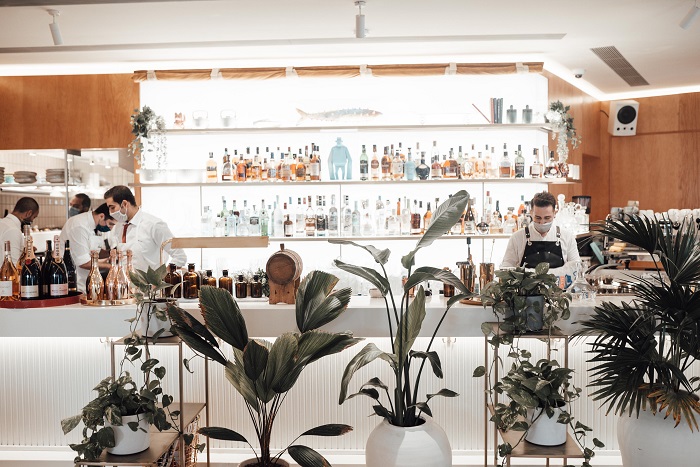
Keeping The Foodservice Industry Alive Amidst COVID-19
To say that the pandemic was hard-hitting is an understatement, but with the rollout of the vaccines, better days are on the horizon.
Meanwhile, as we are still living in these uncertain times, it is crucial to keep essential industries alive and kicking; and that includes the food service industry.
It’s all about transforming challenges into opportunities and making the most out of your available resources.

